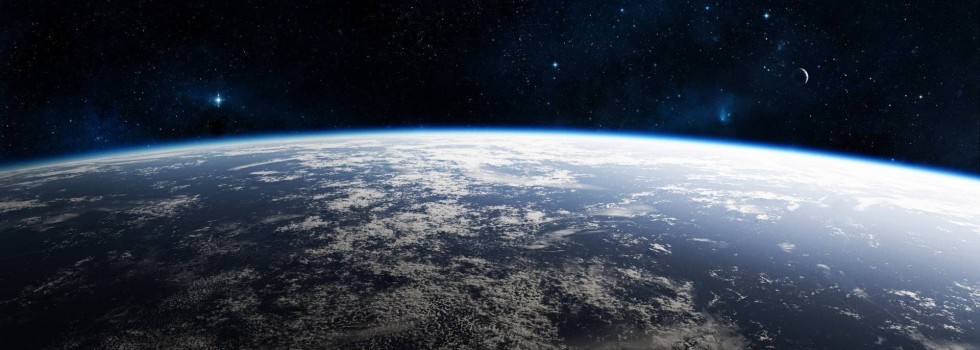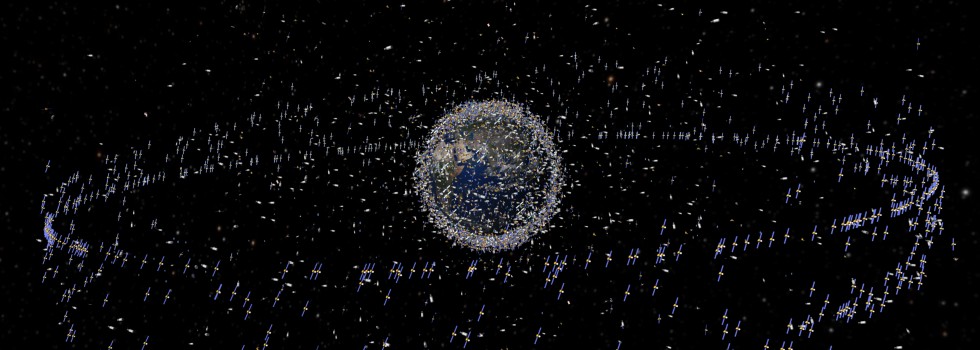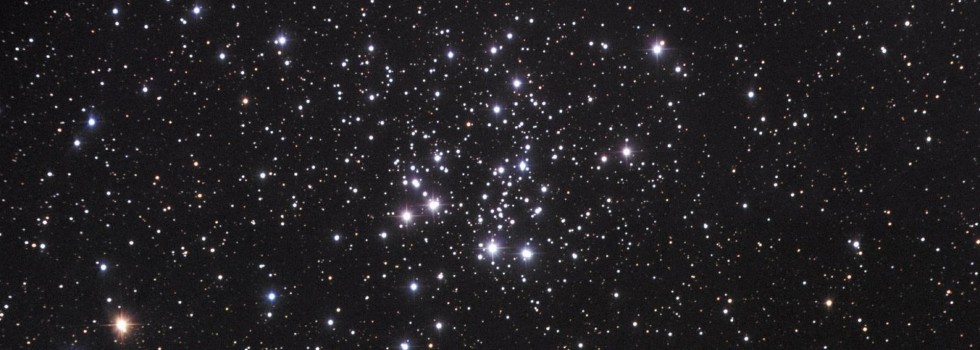SPACESTORM continues the forecasting of space weather first started by the EU SPACECAST project. It is developing new set of web displays specifically for satellite operators and designers. This site describes the project, partners, work to be carried out and dissemination activities.
The forecasts that are further developed in SPACESTORM can be seen in the SPACECAST web site via the link here. They contain additional scientific data displays to aid interpretation. More information on these 3 forecasts see Forecasting section above. Click here for our high level risk indicators.

SPACESTORM is conducting extensive modelling of space weather events for post event analysis, and carrying out research to improve and verify the models against satellite data. It will generate a 30 year reconstructed dataset for MEO and determine the space radiation environment for a 1 in 100 year event, and model extreme event scenarios. It will increase knowledge on key physical processes underpinning radiation belt dynamics and improve the representation of physical processes in numerical models and reduce uncertainty.






